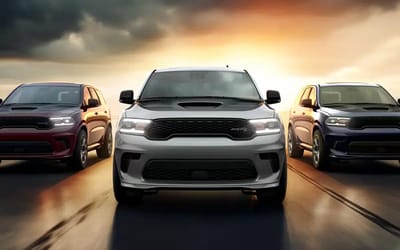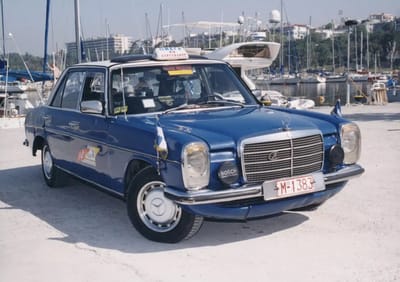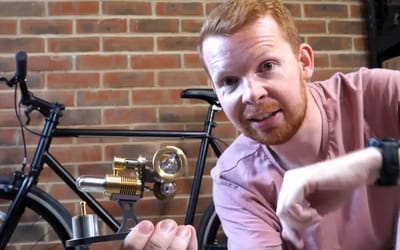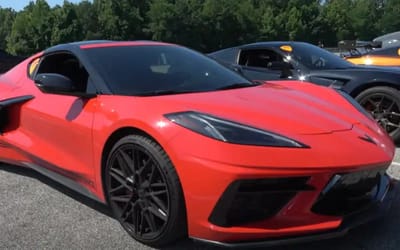Concorde’s sonic boom explained – and other surprising facts about the supersonic aircraft that might surprise you
- A seat on the supersonic aircraft cost more than a first-class flight ticket
- It could reach a top speed of Mach 2.04, twice the speed of sound
- However, it was not the first commercial plane to reach Mach 2 speed
Published on Apr 21, 2024 at 2:27 PM (UTC+4)
by Nalin Rawat
Last updated on Apr 22, 2024 at 8:34 PM (UTC+4)
Edited by
Siddharth Dudeja
Have you ever heard of a commercial supersonic plane producing an ear-splitting noise? If yes, then you might have heard of the Concorde sonic boom.
The Concorde was the only commercial supersonic plane that allowed passengers to fly beyond the speed of sound.
Although the plane has been retired, it is still an important part of aviation history.
READ MORE: Supersonic nuclear-powered plane would fly from London to New York in less time than a soccer game
More than 60 years later, it still stands out as one of the most advanced aircraft of its time.
Developed and manufactured by the British Aircraft Corporation (BAC) in the mid-1960s, the Concorde seated 92 to 128 passengers.
The Concorde was fast yet expensive
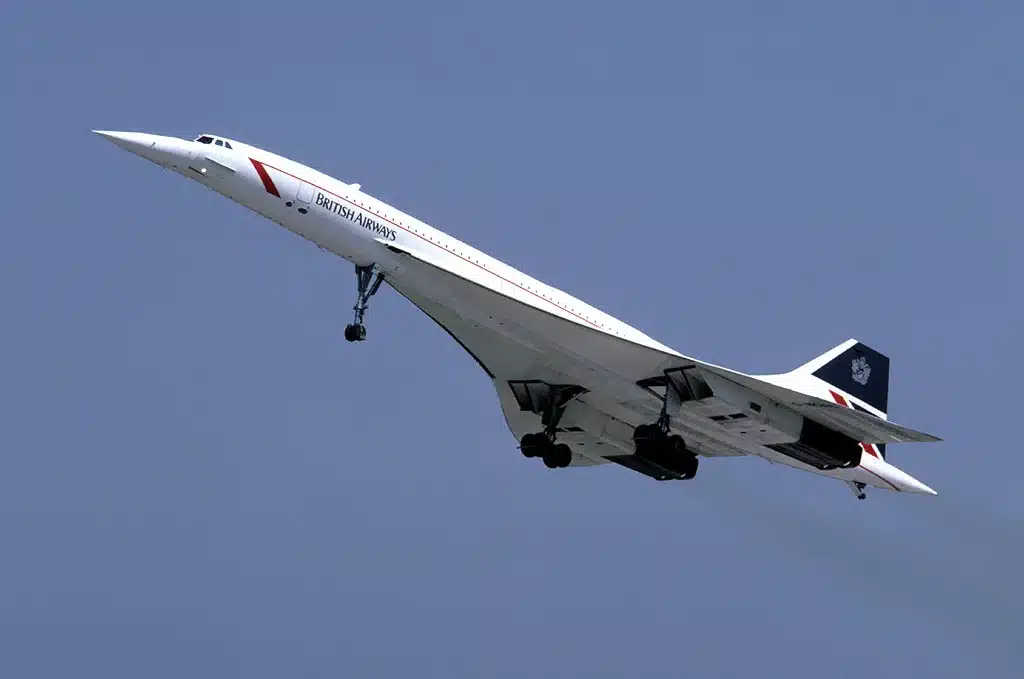
The Concorde supersonic plane was a tailless aircraft with a narrow cabin that only allowed 4-abreast seating.
Still, the space was more than enough as all the seats on the aircraft were first-class seats.
Although the aircraft cut the travel time in half, each seat cost more than a normal subsonic first-class seat.
By the end of the 1990s, a one-way ticket might have cost you around $6000 after adjusting for inflation.
Aerodynamics and max speed
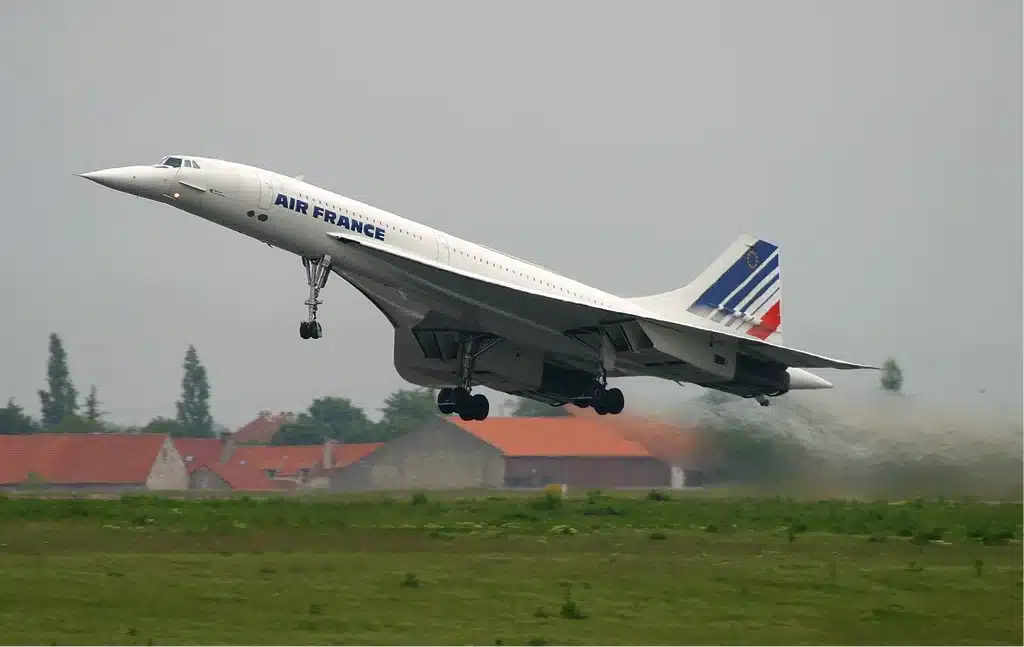
Engineers employed a range of ingenious and innovative techniques to maximize Concorde’s aerodynamic efficiency.
Their most iconic choice was the delta wing design, which is now synonymous with Concorde.
Then there’s the legendary droop-nose, which curved downwards during takeoff to enhance visibility.
Photos of the cockpit show just how complicated the supersonic plane was to operate.
Thanks to its four Rolls-Royce/Snecma Olympus 593 jets, the aircraft could fly at a max speed of Mach 2.04 at an altitude of 60,000 ft.
Concorde sonic boom restriction
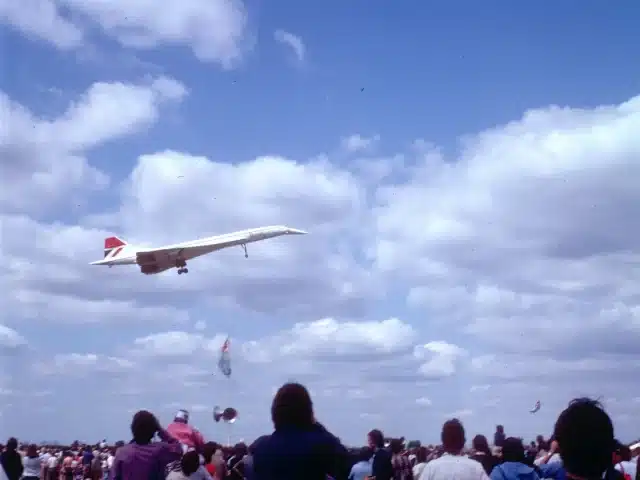
When a supersonic aircraft reaches the speed of sound, a very loud sonic boom can be heard from miles away.
As the resulting sonic boom can be very disruptive, the US placed a restriction limiting commercial planes from going to supersonic speed.
Due to this, the aircraft was limited to transoceanic flights, mainly to Washington Dulles and New York JFK airports.
NASA is also developing a quiet supersonic plane that can work with US regulations to alleviate this issue.
Concorde’s less-known competitor, the Tupolev Tu-144
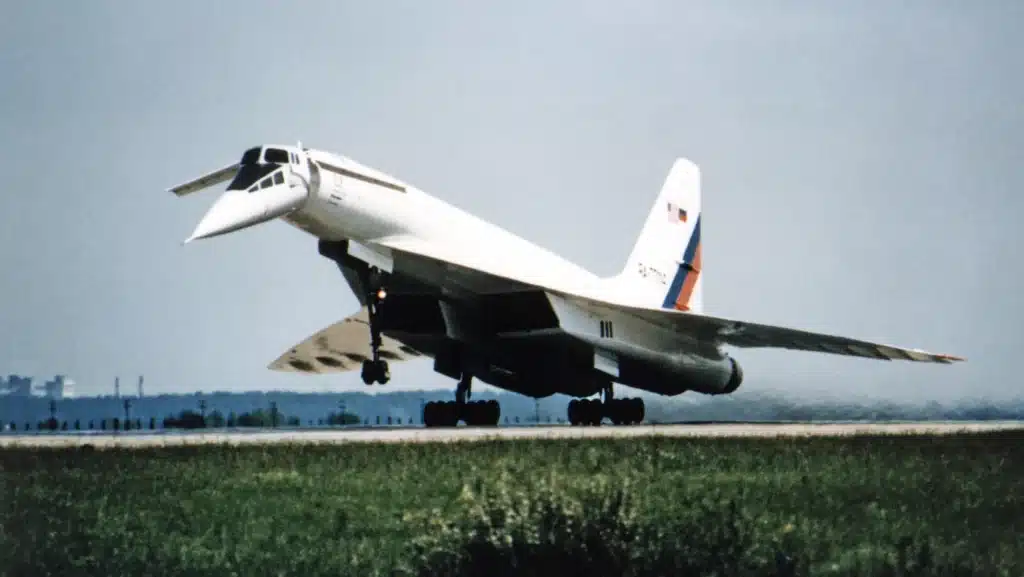
Surprisingly, the Concorde was not the first commercial supersonic plane to reach Mach 2 speed.
That honor belongs to its less-known competitor, the Tupolev Tu-144, a soviet passenger plane.
Unfortunately, reliability and developmental issues restricted the viability of the supersonic plane.
Then, there were the repercussions of two different Tu-144 crashes, which led to the withdrawal of the aircraft within seven months.
Legacy and future of supersonic planes
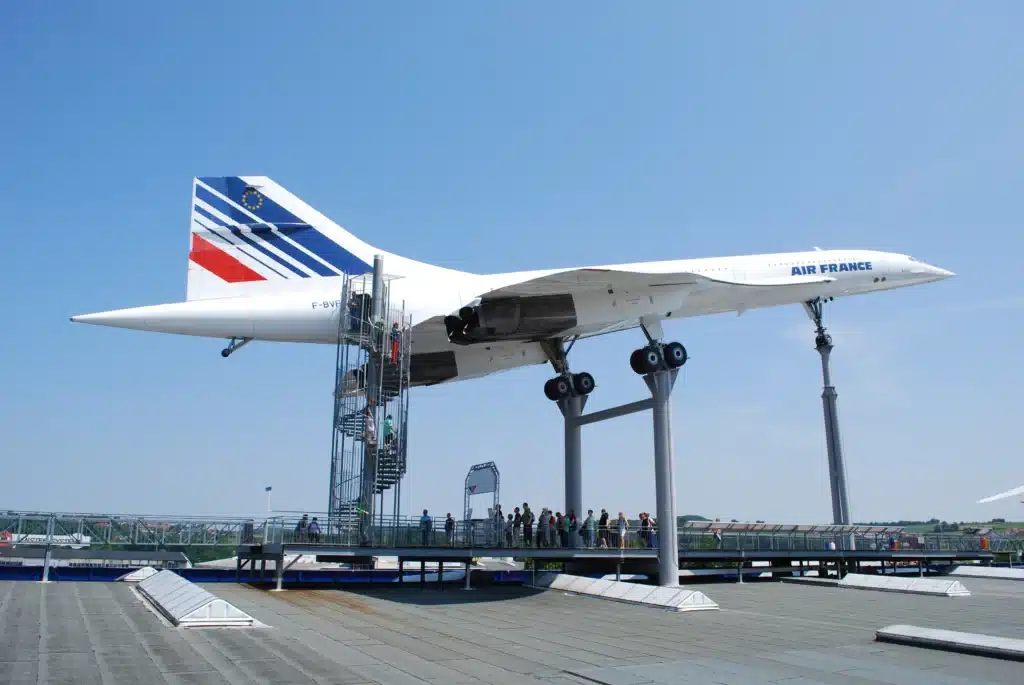
Unfortunately, only two out of the original 20 Concorde aircraft have been preserved and are on display.
However, continuing its legacy, many aircraft manufacturers have recently started developing their own supersonic planes.
Even a major aviation industry manufacturer like Airbus has started making its own aircraft capable of going 4.5 times the speed of sound.
Companies are now taking what we learned from Concorde and developing faster, more efficient planes.
Hopefully, we will get to see more supersonic planes take to the skies quite soon.
DISCOVER SBX CARS: The global premium car auction platform powered by Supercar Blondie

Nalin started his career by working with various national newspapers in India. He has also worked as a writer/editor for many popular websites, while still pursuing his journalism and mass communication degree. Working as a digital nomad has allowed him to inform and educate through his work. When he is not writing, you can find him playing video games or travelling the mountains on his bike.


